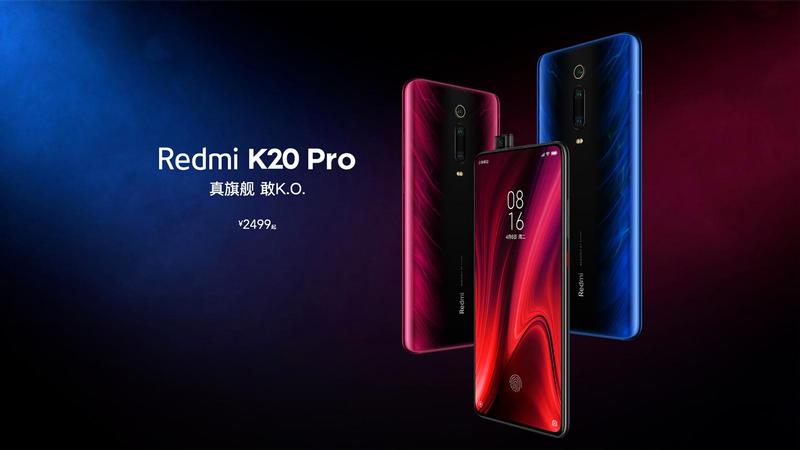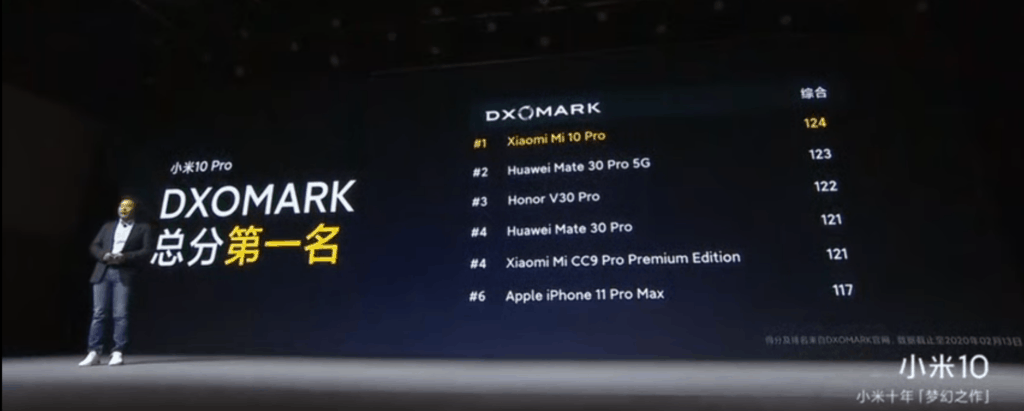Any links to online stores should be assumed to be affiliates. The company or PR agency provides all or most review samples. They have no control over my content, and I provide my honest opinion.
With the launch of the Xiaomi Mi 10 series, let look back and see how the phone compared to the other flagships from Xiaomi in the past year.
Chipset, RAM and Storage
The Xiaomi Mi 10 series has launched with the latest flagship chipset from Qualcomm, the Snapdragon 865. This is a significant upgrade from the 2019 model and updates the cores to 1×2.84 GHz Kryo 585 & 3×2.42 GHz Kryo 585 & 4×1.8 GHz Kryo 585 with the main cores being based on the Arm Cortex A77 design compared to the A76 of the SD855 models.
This has launched with a base model of 8GB RAM featuring the new faster LPDDR5 RAM and has 128GB using the new superfast UFS3.0 storage.
The Xiaomi Redmi K20 Pro launched back in September and uses the Snapdragon 855+, this uses the same design as the normal SD855 found in the Mi 9 Pro but increases the frequency of the single performance core and then the GPU. The base model of this has 8GB RAM and 128GB storage, many phones launched around this time had upgraded to UFS3.0 but this still used the slower UFS2.1.
The Xiaomi Mi 9 launched this time last year and featured the SD855. The base model of this launched with 6GB of RAM and 64GB of storage which also uses the slower USF 2.1 format. It also had no microSD slot, so the 64GB of storage was a bit on the low side for a flagship device.
Display

Both the Xiaomi Mi 9 and Redmi K20 Pro Premium had the same 6.39 inch AMOLED display running at 1080 x 2340 pixels. However, the Redmi K20 Pro Premium used a pop-up selfie eliminating the notch.
The Xiaomi Mi 10 Pro has a 6.67 inch AMOLED display running at 90hz and 180Hz touch-sensing. The display can go to 1200nits of brightness with a 5million to 1 contrast ratio. It has a small punch hole selfie located to the upper left of the screen.
Camera

Xiaomi has gone to town with the Mi 10 Pro and you get
- 108 MP, f/1.8, (wide), PDAF, Laser AF, OIS
- 12 MP, f/2.2, 54mm (telephoto), 1/3.6″, 1.0µm, PDAF, Laser AF, 2x optical zoom
- 16 MP, f/2.2, 13mm (ultrawide), 1/3.0″, 1.0µm, PDAF, Laser AF
- 5 MP TOF
Then it features a 20MP selfie camera.
The Redmi K20 Pro Premium has:
- 48 MP, f/1.8, 26mm (wide), 1/2.0″, 0.8µm, PDAF, Laser AF
- 8 MP, f/2.4, 53mm (telephoto), 1/4.0″, 1.12µm, PDAF, Laser AF, 2x optical zoom
- 13 MP, f/2.4, 12mm (ultrawide), 1/3.1″, 1.12µm
The 20MP selfie camera is hidden in a motorised pop-up mechanism.
The Xiaomi Mi 9 has
- 48 MP, f/1.8, 27mm (wide), 1/2.0″, 0.8µm, PDAF, Laser AF
- 12 MP, f/2.2, 54mm (telephoto), 1/3.6″, 1.0µm, PDAF, Laser AF, 2x optical zoom
- 16 MP, f/2.2, 13mm (ultrawide), 1/3.0″, 1.0µm, PDAF, Laser AF
This also has a 20MP selfie camera.
A lot of people don’t like DXOMARK but all three phones have been reviewed there and it gives us some idea of the camera quality.
The Xiaomi Mi 9 scored 110 with 1150 for photo and 99 for video.
The Xiaomi Redmi K20 Pro got 102 with 108 for photo and 89 for video.
The Xiaomi Mi 10 Pro has topped the charts with a score of 124 and 134 photo and 104 video

Connectivity
This year is all about 5G and the Qualcomm Snapdragon 865 is paired with the 5G X55 modem, this is also the year where we will see superfast Wi-Fi 6 gain some traction and the phone has launched with this and Xiaomi have launched a Wi-Fi 6 router in conjunction.
The other two Xiaomi phones are 4G/LTE and feature Wi-Fi 5.
Battery
The Mi 9 launched with a puny 3300 mAh battery but this was improved for the Redmi K20 Pro which bumped things up to 4000mAh and both phones have 27W quick charge.
The Xiaomi Mi 10 Pro goes up again and now features 4500mAh it then massively improves the charging with 50W on cable or 30W wireless.
Price

The Mi 9 launched at 2999 CNY or £333 but then landed in the UK at £499
The Xiaomi Redmi K20 Pro launched at just CNY 2,499
The Xiaomi Mi 10 Pro will launch for 4999 CNY which is £552 so maybe £699 by the time it lands on our shores. This will include 8GB of RAM and 256GB storage.
There is no word on the UK launch just yet, but expect it in a few weeks.
I am James, a UK-based tech enthusiast and the Editor and Owner of Mighty Gadget, which I’ve proudly run since 2007. Passionate about all things technology, my expertise spans from computers and networking to mobile, wearables, and smart home devices.
As a fitness fanatic who loves running and cycling, I also have a keen interest in fitness-related technology, and I take every opportunity to cover this niche on my blog. My diverse interests allow me to bring a unique perspective to tech blogging, merging lifestyle, fitness, and the latest tech trends.
In my academic pursuits, I earned a BSc in Information Systems Design from UCLAN, before advancing my learning with a Master’s Degree in Computing. This advanced study also included Cisco CCNA accreditation, further demonstrating my commitment to understanding and staying ahead of the technology curve.
I’m proud to share that Vuelio has consistently ranked Mighty Gadget as one of the top technology blogs in the UK. With my dedication to technology and drive to share my insights, I aim to continue providing my readers with engaging and informative content.






